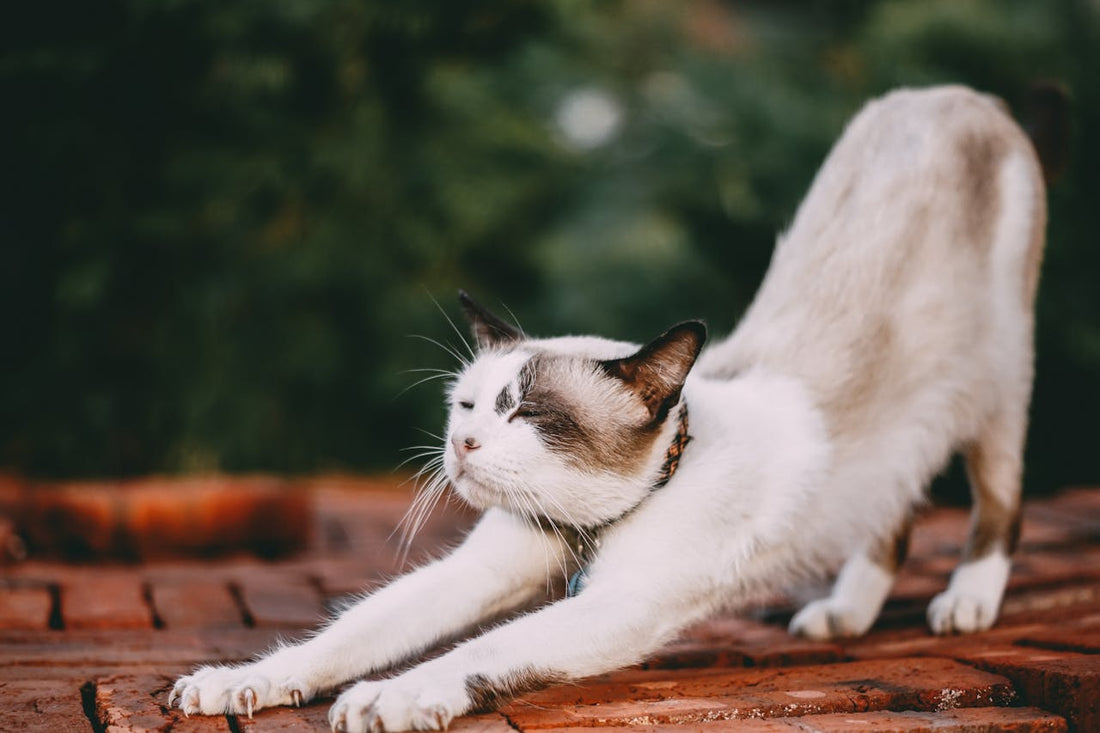Understanding Cat Behavior: Why Do Cats Knead?

Cats are fascinating creatures, and their behaviors often leave us puzzled. One common behavior that intrigues many cat owners is kneading. If you've ever seen your cat rhythmically pushing their paws in and out against a soft surface, you've witnessed kneading. But why do cats knead? Let's delve into this curious feline habit.
What is Kneading?
Kneading, sometimes referred to as "making biscuits," is a repetitive motion where cats push their paws alternately against a soft surface. This behavior often occurs on blankets, pillows, and even their owners. While it might seem odd, kneading is a natural and instinctive behavior for cats.
Reasons Why Cats Knead
1. Comfort and Security
Kneading is a behavior that starts in kittenhood. Kittens knead their mother's belly to stimulate milk flow while nursing. This action is associated with feelings of comfort and security. As adult cats, they may knead when they feel safe and content, reminding them of the cozy, nurturing moments with their mother.
2. Marking Territory
Cats have scent glands in their paws. When they knead, they release their scent onto the surface, marking their territory. This behavior is a way for cats to establish ownership over their space and belongings, including their human companions.
3. Preparing a Resting Place
In the wild, cats knead grass or leaves to create a soft, comfortable spot to rest or sleep. This instinctual behavior has been passed down through generations. Even though domestic cats don't need to create a resting place, they still exhibit this behavior as a form of relaxation and comfort.
4. Stretching and Exercise
Kneading helps cats stretch their muscles and keep them limber. The motion involves extending and retracting their claws, which can also be a form of exercise for their paws and forelimbs.
5. Affection and Bonding
When a cat kneads on you, it's a sign of affection and bonding. Cats often knead their favorite people, showing that they feel safe, loved, and happy in your presence. It's their way of giving you a little cat massage and expressing their contentment.
How to Respond to Your Cat's Kneading
1. Provide Soft Surfaces
Encourage your cat to knead by providing soft, comfortable surfaces like blankets, pillows, or pet beds. This will give them a safe space to express their natural behavior.
2. Trim Their Claws
If your cat's kneading becomes uncomfortable due to their claws, make sure to trim them regularly. This will prevent any accidental scratches while they knead on you or your furniture.
3. Positive Reinforcement
Gently praise and pet your cat while they knead. This positive reinforcement will strengthen your bond and make them feel more secure and loved.
4. Redirect if Necessary
If your cat's kneading becomes too intense or is damaging furniture, gently redirect them to a more appropriate surface. Use toys or treats to guide them to a suitable kneading spot.
Conclusion
Kneading is a natural and instinctive behavior that provides cats with comfort, security, and a way to express their affection. Understanding why cats knead can help you better appreciate this endearing habit and strengthen your bond with your feline friend. Embrace your cat's kneading as a sign of their trust and love, and provide them with the comfort and security they seek.
By recognizing the reasons behind your cat's kneading, you can create a more harmonious and understanding relationship with your furry companion. Happy kneading!
